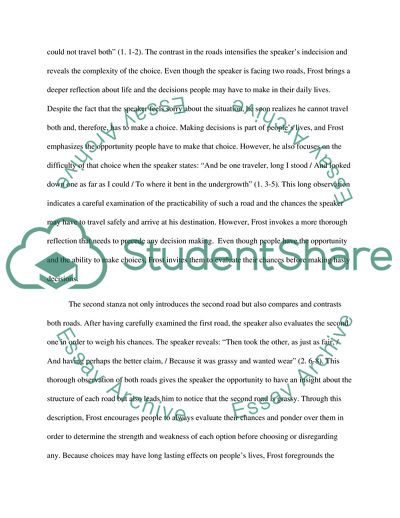Cite this document
(Robert Frosts The Road Not Taken Essay Example | Topics and Well Written Essays - 2250 words, n.d.)
Robert Frosts The Road Not Taken Essay Example | Topics and Well Written Essays - 2250 words. https://studentshare.org/literature/1776708-explication-essay-on-robert-frosts-the-road-not-taken
Robert Frosts The Road Not Taken Essay Example | Topics and Well Written Essays - 2250 words. https://studentshare.org/literature/1776708-explication-essay-on-robert-frosts-the-road-not-taken
(Robert Frosts The Road Not Taken Essay Example | Topics and Well Written Essays - 2250 Words)
Robert Frosts The Road Not Taken Essay Example | Topics and Well Written Essays - 2250 Words. https://studentshare.org/literature/1776708-explication-essay-on-robert-frosts-the-road-not-taken.
Robert Frosts The Road Not Taken Essay Example | Topics and Well Written Essays - 2250 Words. https://studentshare.org/literature/1776708-explication-essay-on-robert-frosts-the-road-not-taken.
“Robert Frosts The Road Not Taken Essay Example | Topics and Well Written Essays - 2250 Words”. https://studentshare.org/literature/1776708-explication-essay-on-robert-frosts-the-road-not-taken.


